#parrotfish
Text
While researching for upcoming fish facts I ended up going down a rabbit hole on parrotfish teeth, and I need to share this information in another form than just a fish fact. This stuff is unbelievable. You know the beak of the parrotfish, right? It's formed from the fused teeth of the parrotfish, as an adaptation to have ample biting surface to scrape off and chew on coral, their main food source.

A close-up of the beak of a parrotfish. It has this honeycomb pattern which I find very cool.
Well. To constantly chew on coral, they must have some pretty hard teeth, right? And they indeed do: the teeth of the parrotfish are made up of a mineral called fluorapatite, which forms intricate, chainmail-like woven structures on a microscopic level. Fluorapatite just so happens to be the second hardest biomineral found. This stuff, the parrotfish's teeth? A square inch of the parrotfish's teeth can withstand a whopping 530 TONS OF PRESSURE!!! That's the weight of 88 ELEPHANTS on top of a single square inch!!!! That's crazy, right!!?? The only biomineral that is tougher is the teeth of chitons, that is the single tougher biological thing in the whole world!!! Not only that, but the stiffness and hardness of the teeth increases the more we get closer to the tip (as the mineral fibers get closer and closer to one another), the very tips of the teeth even surpass the chiton teeth in stiffness!!!
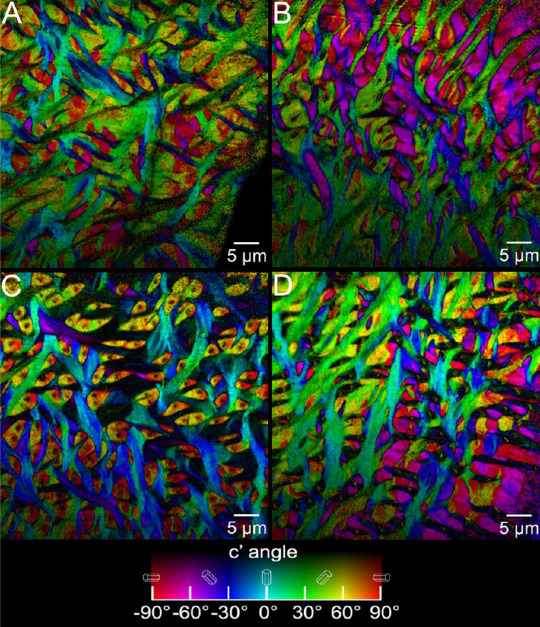
Here are pictures produced through a process called PIC mapping, which shows the size and orientation of crystal fibers at the tip of the teeth.
That feels like it shouldn't be right, no? You'd think that the toughest biominerals in the world would belong to, like, the skull of an animal that rams into rocks or maybe the shell of some animal, not the teeth! The teeth of chitons and parrotfish out of all animals no less! Who would've guessed that the diet of "rock animal" would make the parrotfish require some of the toughest dentition the world has ever seen, huh? That right there is one super good reason why you should never stick your finger in the mouth of one.
Every day I am blown away by how amazing fishes are....
8K notes
·
View notes
Text


PARALOUSE (Bug/Water), SQUAKER (Water) & PARASCYLLA (Bug/Ghost)
PARALOUSE (Parasite/Louse/Perilous) is a small bug type pokemon that lives among the corals, it awaits for a fish pokemon with a mout big enough to jump in, where it will eat and replace that pokemon's tongue. Once it has gained enough strenght by weakening its host it will evolve
PARASCYLLA (Parasite/Scylla) the "Mermaid" pokemon. It emerges from its host's mouth, the one it completely fills. At this point its host is competely taken over, becoming PARASCYLLA's new tail. To further keep its "tail" in place, it will stick its lower legs through the fish's gills, securing it in place.
SQUAKER (Squawk/Cracker) is a parrot fish pokemon that inhabits the same coral reef where PARALOUSE can be found, they love to feed on coral using their strong beaks to cut and swallow large chunks of it, which sadly makes it the perfect victim for PARALOUSE.
How ever if SQUAKER manages to avoid becoming infected by PARALOUSE it can evolve into the dangerous PARROTEER (Parrot/Privateer)

PARROTEER (Water/Dark) is PARASCYLLA's natural predator, it preys upon PARASCYLLA with extreme prejudice, using its massive size and hard-as-rock head to knock them out, it then uses its bolt cutter-like beak to cut them in half by the waist, feeding only on the upper bug half and leaving the tails to sink to the bottom
PARALOUSE is based on the cymothoa exigua, a type of parasitic isopod that attached to fishes mouths replacing their tongues

PARASCYLLA is based on a twisted version of a mermaid with some inspiration is the Greek monster Scylla, a creature with the upper torso of a woman, but a lower body made out of heads and tails

SQUAKER is based on the Steephead parrotfish and its colors are based on the Scarlet Macaw
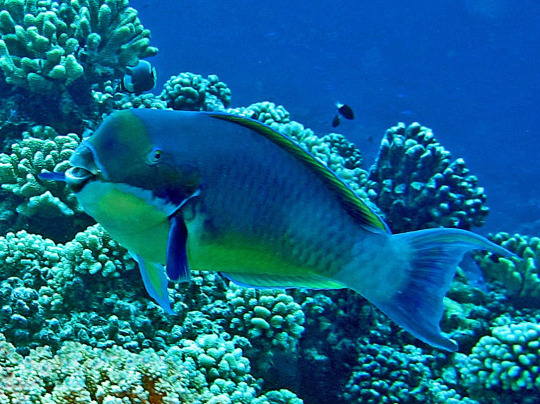
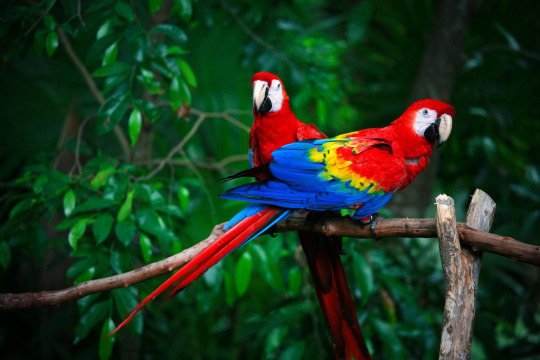
PARROTEER is based on the Humphead parrotfish and its colors are based on the Dracula Parrot, as well as being based on a Pirate
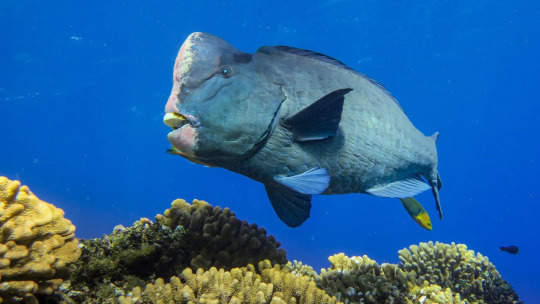
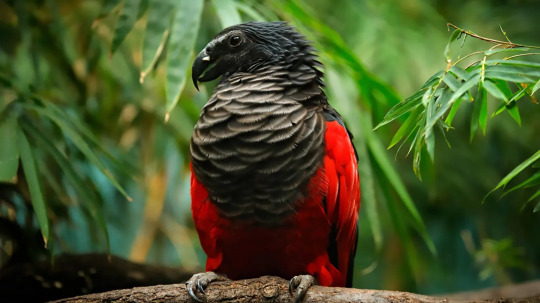
PARROTEER hunting and feeding only on PARASCYLLA is a reference to Pirates hunting mermaids as represented in some myths and popular media, like Peter Pan or Pirates of the Caribbean
At the moment, SQUAKER is the only suitable pokemon available in PARALOUSE's habitat for it to attach, but, if more pokemon were avaible it could attach to them as long as they met certain criteria:
-Being a Fish (No mammals, reptiles of crustaceans)
-Having a big enoug mouth
Here are some examples of PARASCYLLA using other fish pokemons as its tail
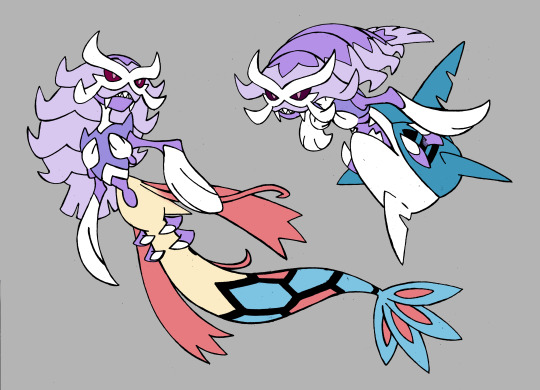


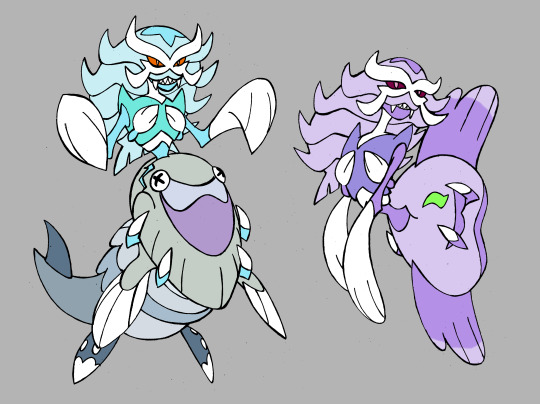
The only exception to this rule being Gygantamax PARASCYLLA

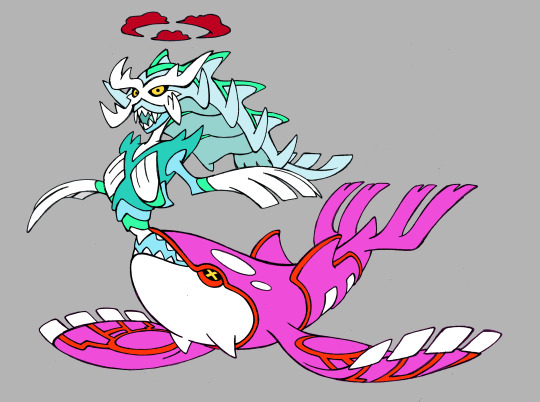
#Pokemon#fakemon#fake pokemon#fish#isopod#water type#bug type#ghost type#dark type#parrotfish#mermaid#parasite#fish pokemon#scylla#greek mythology#pirate#privateer
16K notes
·
View notes
Text
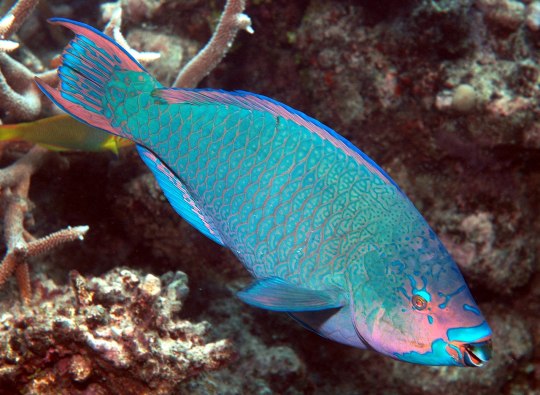
Highfin Parrotfish (Scarus altipinnis), family Scaridae, order Labriformes, Great Barrier Reef, Australia
photograph by Leonard Low
408 notes
·
View notes
Text
Wet Beast Wednesday: parrotfish
Which fish hangs out on a mermaid pirate's shoulder and repeats what she says in a high-pitched voice? The parrotfish, of course. Or at least in fiction they should (certainly will in my D&D world). But even in real life, parrotfish are still pretty interesting.

(Image: a common parrotfish (Scarus psittacus) seen from the side in front of rocks and corals. It is a brightly-colored fish, mainly light blue but with patches and stripes of yellow and pink on the fins. Its mouth is open, revealing what appears to be a beak. End ID)
Parrotfish are fish famous for their mouths and eating habits. There are about 90 species known. While they were historically considered their own taxonomic family, they have since been reclassified a subset of the wrasse family and there is still some debate on how to classify them. Most species are on the smaller size, but a few can get very large. The largest species is the green humphead parrotfish (Bolbometopon muricatum) at 1.5 meters (4.9 ft) and 75 kg (165 lbs) while the smallest species is the bluelip parrotfish (Cryptotomus roseus) reaching 13 cm (5 in). I could not find an average weight for the bluelips. What makes parrotfish really stand out visually is their colors and their mouths. Most species are very brightly colored, with distinct markings and males are usually more brightly colored than females. Their mouths are dominated by what appear to be beaks, which gave them their common name. These beaks are actually made of approximately 1,000 teeth arranged in 15 rows. As the teeth wear out, they drop off and are replaced by the row behind them. The teeth are made of fluorapatite, the second hardest biomineral int the world. To support their hardness, the fluorapatite crystals that make up the teeth are woven together in a structure very similar to chainmail, resulting in very hard teeth that measure in at a 5 on the Mohs scale of hardness. For reference, iron is a 4 and higher numbers are harder. The teeth can also handle 530 tons of pressure. You could put the weight of 200 black rhinos on a tooth and it would be fine. The beaks are powerful enough to bite through rock. Which is what they use it for, but more on that below. Another unusual feature of parrotfish is how they sleep. Some species make their own sleeping bags, which would be adorable if they weren't made of mucus. The mucus is produced using glands in the gills and looks like a transparent bubble. The fish sleeps in the mucus cocoon and when it wakes up, it eats the cocoon. There have been several proposed benefits of the cocoon. It contains chemicals that harm skin parasites while also providing a barrier that keeps new parasites from reaching the fish. It also likely blocks the fish's scent, helping it hide from predators.
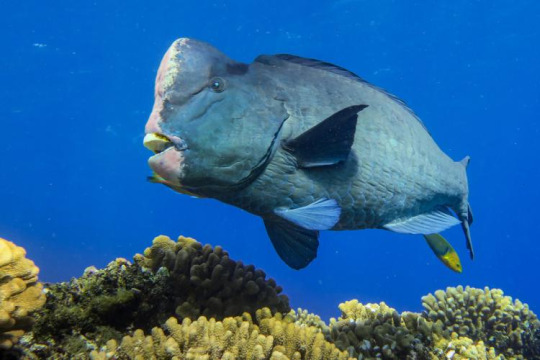
(Image: a green humphead parrotfish (Bolbometopon muricatum) swimming over yellow coral. It is large and mostly a uniform green color, except for the front of its head, which is pink. It has a large, fleshy lump on the top of its head. End ID)
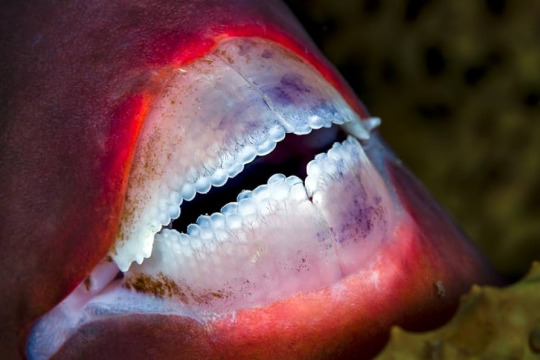
(Image: a close-up of a parrotfish's beak. The top and bottom beaks are divided into two halves, left and right. The beak is bade of small, circular teeth that overlap each other. End ID)
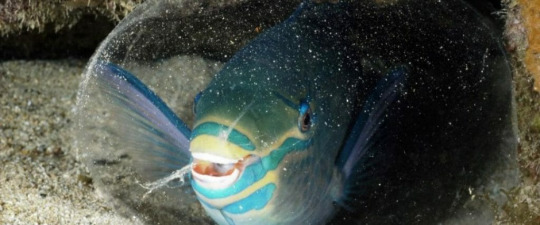
(Image: another common parrotfish seen from the front. It is inside of a mucus cocoon, which appears as a transparent bubble around the fish. Bits of sand dot the cocoon's surface. End ID)
Parrotfish live worldwide, though the majority of species are found in the Indo-Pacific. They live in warm, shallow waters with lots of rocky reefs, especially coral reefs. They use those powerful teeth to eat and what they eat most is algae. There are three main types of feeding behavior: excavating, scraping, and browsing. Excavators bite into rocks to get their food, scrapers crape food off of the surface of the rocks, and browsers go after larger food sources like seagrass and sponges. Some of the larger parrotfish species also make coral a large part of their diet. When they eat, they naturally get rock in their mouths, moreso in excavators. Because their food clings to the rock, spitting the rocks out would deny them food. Instead, parrotfish use pharyngeal teeth set in their throats to grind the rock into sand, which then passes through the digestive tract. When it exists the digestive tract, it is in the form of fine grains of rock. Or to put it another way, parrotfish eat rock and poop sand. A single parrotfish can produce up to 40 kg (88lbs) of sand yearly, and bigger species can produce even more than that. The process of rock being broken down by living things is called bioerosion and parrotfish are one of the most famous sources of bioerosion. The sand they produce can serve as the basis for new growth of coral or other species and helps reinforce nearby islands. In places like Hawai'i, the Caribbean, and the Maldives, it's estimated that up to 80% of the famous white sand is produced by parrotfish and they serve as a major source of incoming earth to support the islands. This makes parrotfish ecosystem engineers. Their eating of algae is also majorly important to their ecosystems. Algae can overgrow and smother delicate ecosystems like coral reefs and seagrass beds and decaying algae draws oxygen out of the water. Parrotfish help the health of their environments by keeping the algae population at healthy levels. Parrotfish also eat seaweeds and sponges that grow much faster than coral and can smother coral reefs. Parrotfish are considered keystone species in many reefs, including the great barrier reef and their population dropping correlates with reduced health of reefs. Damaged reefs tent to have larger parrotfish populations and those populations drop as the reef recovers.

(Image: a group of many parrotfish feeding on coral. They are all the same species and are mostly blue, with yellow heads and stripes on the face. They appear to be biting the the coral. End ID)
Parrotfish are protogynous sequential hermaprodites. This means that all parrotfish are born female and can become male later in life. The transition is usually triggered when there are too many females or not enough males in a location, though in some species any fish that reaches a certain size will become male. Some parrotfish are solitary while others are social. In social species, the social groups consist of a large male and a harem of females that he protects and claims mating rights with. Other males will attempt to fight the male for dominance via headbutting and threat displays and occasionally one of his harem members will become male to challenge him. Males are usually more colorful than females, which they use to woo females, but also puts them at greater risk of predation. If the harem leader dies and is not replaces, one member of the harem will transition to male and replace him. Many species perform courtship dances during nights of the full moon. In non-social species, males will perform displays and fight with each other to attract females. In social species, the dominant male will mate with his harem while smaller males without harems will try to sneakily woo claimed females or sneak in and mate without being noticed. Parrotfish are broadcast spawners. The female releases her eggs into the water and the males releases sperm to fertilize them. The eggs will drift on the current until settling, after which the larvae will hatch. As with most fish species, only a very few of the larvae will reach adulthood.

(Image: a Mediterranean parrotfish (Sparisoma cretense). It is mostly bright red, but with a yellow patch above the tail and a yellow stripe around the eye that runs down to the belly. A large patch behind the eye is blue. End ID)
Thankfully, most parrotfish species are not particularly endangered. The largest threat to them comes from habitat loss as pollution and climate change harms coral reefs. Reintroducing parrotfish to damaged reefs helps them recover. All species are edible, though there is no commercial fishery for them. While parrotfish are capable of delivering powerful bites, there are few reports of humans getting bit. That being said, I found one case where someone had skin on his penis bitten off by a parrotfish. And yes, that link has pictures. Enjoy.

(Image: a blue parrotfish (Scarus coeruleus) looking at the camera. It is a blue fish with darker patches around the eye. Its snout is bulbous and the beak points downward. End ID).
#wet beast wednesday#parrotfish#the smiling grinner#fish#fishblr#fishposting#marine biology#biology#zoology#ecology#animal facts#coral reef#penile trauma#that's a wild tag to have on a post about fish#informative#image described
360 notes
·
View notes
Text

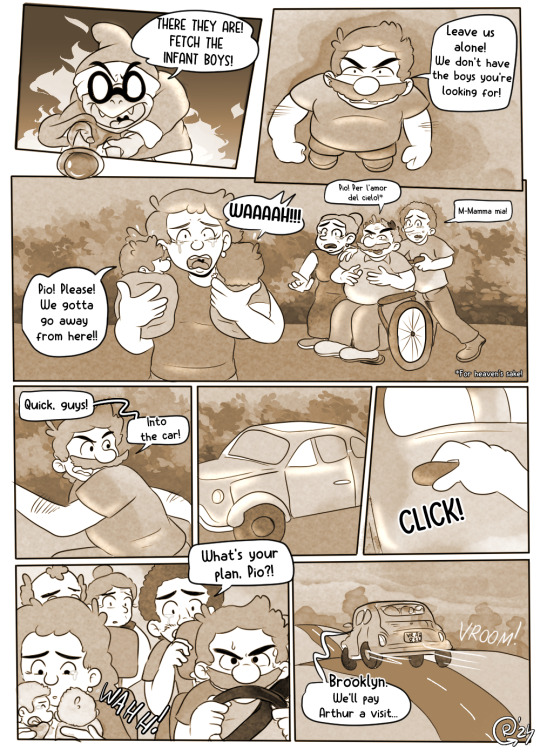

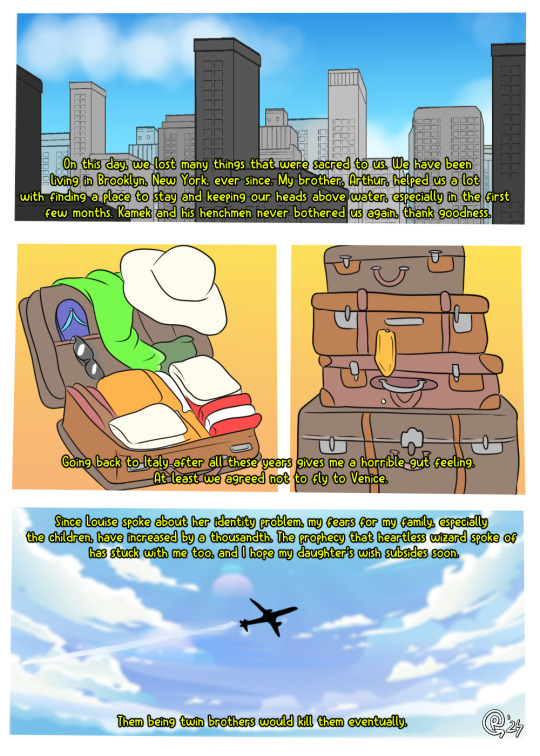
Parrotfish Pg 19 - 22
-
Previous | Next
#1upboys#fanart#1ub#super mario#luigi#1 up boys#smb#super mario fanart#super mario bros#smb art#smb luigi#smb fanart#mario#mario mario#mario bros#the super mario bros#super mario brothers#luigi mario#mario family#parrotfish#parrotfish comic#1upboys comic#1ub comic#mario comics#mario and luigi#kamek magikoopa#kamek koopa#kamek#shyguys#flyguys
196 notes
·
View notes
Text
🐠 Daily Fish Fact: 🐠
The Rainbow Parrotfish is among the largest members of its family, and the largest in the Atlantic, reaching 3.9 ft in length. This fish species is known to have a home cave to which it retires at night or when danger threatens; it makes use of the sun as an aid to locating the cave.


#rainbow parrotfish#parrotfish#🌈#rainbow#cool fish#pretty fish#fish#daily fish#fish facts#facts about fish#ocean fish#tropical fish#marine fish#ocean life#marine life#marine biology#marine#ocean
290 notes
·
View notes
Text

fish 289 - rainbow parrotfish!
for the final day of fishuary 2024 - free day!
huge thanks to everyone that participated in fishuary - it couldn't have been the huge blast and success it was without all of you guys!
it's a scary time to be trans - and queer in general - so i took the opportunity to spread a little bit of love with our favorite trans fish - the parrotfish!
hope we can make fishuary just as successful next year!
#fish#fish daily#rainbow parrotfish#parrotfish#trans#transgender#eye strain cw#eye strain#drawing#fishuary2024
196 notes
·
View notes
Text
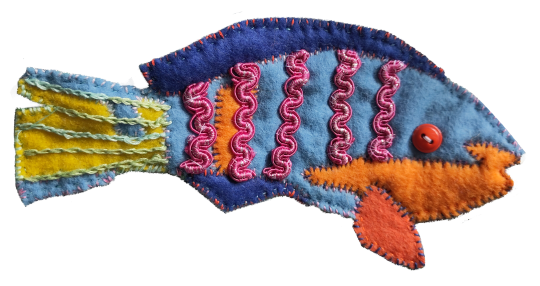

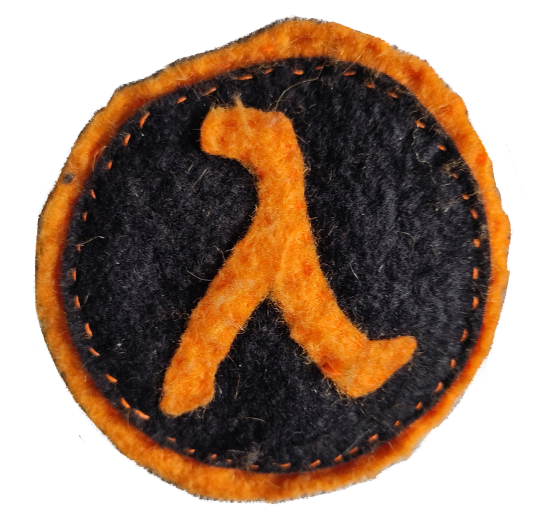


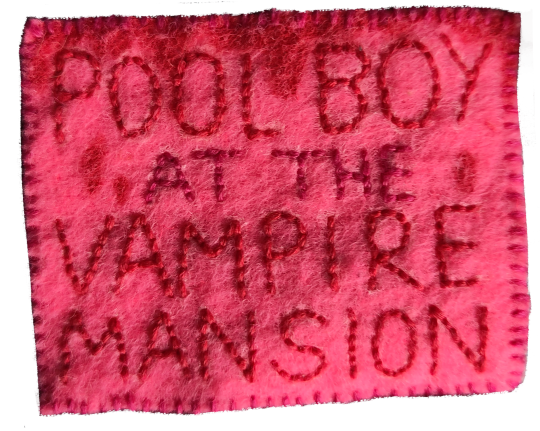
my collection of handmade felt patches so far :)
#patches#patch#battle jacket#felt#embroidery#parrotfish#biology#bacteriophage#half life#mcr#my chemical romance#craft#skeleton#punk
473 notes
·
View notes
Text

When night falls, shit on the reef gets weird.
Parrotfish, a decidedly diurnal fish, gotta shut it all down, but they don't want predators to sniff em while they're snoozing. So what do they do? They cover themselves in a big ol' ball of snot so they're harder to sniff out.
P.S. I'm teaching a class starting April 30th about nocturnal animals, it's 4 weeks and just for fun and we're definitely going to talk about parrotfish snot bubbles, and bats who babysit for each other, and bats who have best friends, and how some fungi lasso nematodes and all sorts of stuff. Check it out
#snot bubble#defensive snotting#parrotfish#marine biology#scicomm#doodles#fish sketch#science#sealife#marine life
111 notes
·
View notes
Text
The Sea Creature of the Day is the Parrotfish!!!
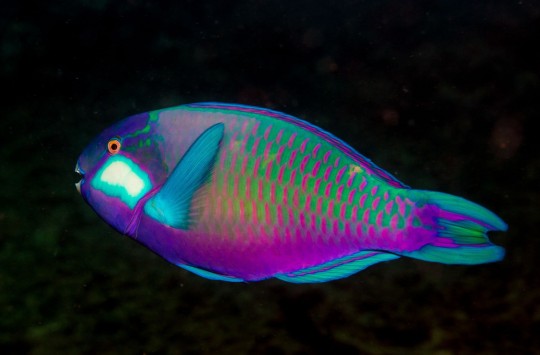

so these guys... i love them a lot, but i actually have a really embarrassing story about them 😅 when i was really young i went snorkeling in a reef full of these guys, and i don't know why but something about them absolutely terrified me. one moved in a direction relatively close to me and i freaked out and had to be taken out of the water.
but childhood fears aside, these things are so pretty!!! i love reef fish a lot and these guys are a huge example of why 🥰 so colorful and pretty
#marine biology#deep sea#sea creatures#aquatic life#sea creature of the day#ocean#ocean life#fish#parrotfish
286 notes
·
View notes
Text
Animal of the Day!
Green Humphead Parrotfish (Bolbometopon muricatum)
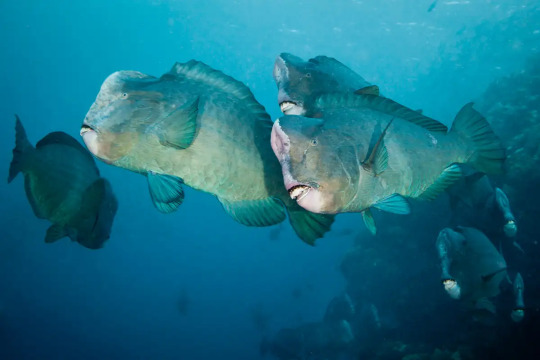
(Photo by Mark Priest)
Conservation Status- Vulnerable
Habitat- Indo-Pacific Ocean; Red Sea
Size (Weight/Length)- 75 kg; 1.5 m
Diet- Algae; Coral
Cool Facts- The green humphead parrotfish is the largest species of parrotfish and the largest, reef-dwelling, herbivorous fish. As they age, their forehead increases in size and their teeth plates become exposed. These fish have the extremely important job of eating dead coral and removing algae from living ones. While huge schools of up to 75 parrotfish can result in bioerosion by eating too much coral, they mostly keep reefs thriving. Unfortunately, their schooling behavior makes them easy targets for fishermen and has led to overfishing. Multiple atolls, reefs, and islands have been protected from fishing and allows the green humphead parrotfish to thrive.
Rating- 12/10 (Can produce 530 tons of force with their mouth alone.)
#animal of the day#animals#fish#marine creatures#parrotfish#monday#september 25#green humphead parrotfish#bumphead parrotfish#biology#science#conservation#the more you know
191 notes
·
View notes
Text
Daily fish fact #717
Bicolour parrotfish!
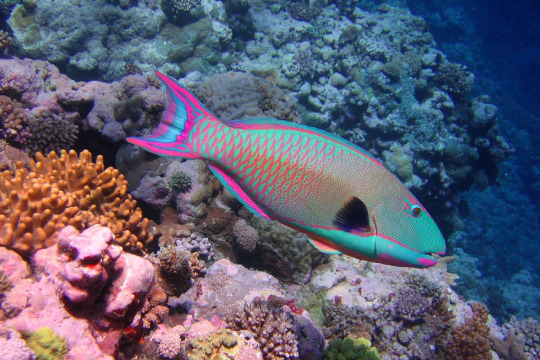
Like other parrotfish, the teeth of the bicolour parrotfish are interwoven and fused together into a strong beak, which the parrotfish will scrape algae off of rocks and chew coral with. Parrotfishes can have up to a thousand teeth, and they're set in fifteen rows. When a row of teeth wears out, another row is ready to replace it, a bit like in sharks! Parrotfish also have a pharyngeal apparatus for grinding down bits of coral further into a fine sand.
Parrotfish teeth are a marvel! I have written about their second-strongest-in-the-world teeth in a bigger post too :) Below are the teeth of a bridled parrotfish.

#fish#fish facts#fishfact#fishblr#marine life#marine biology#marine animals#sea creatures#sea life#sea animals#biology#zoology#parrotfish#bicolor parrotfish#bicolour parrotfish#teeth
99 notes
·
View notes
Text
Meet the Geeky duo!

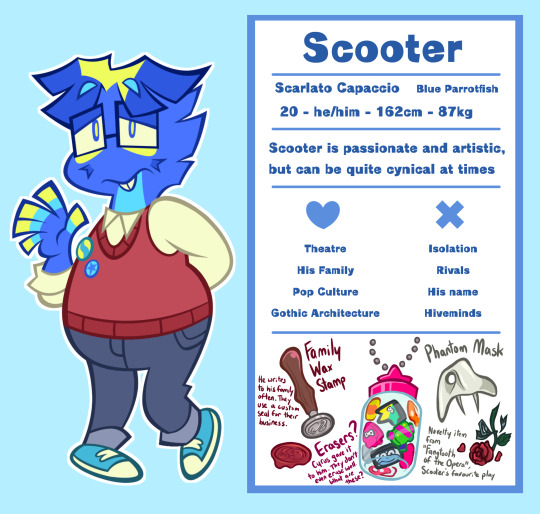
FINALLY introducing another set of OCs... meet Cyrus and Scooter, a pair of dweebs set on proving to the world that they're all that and more.

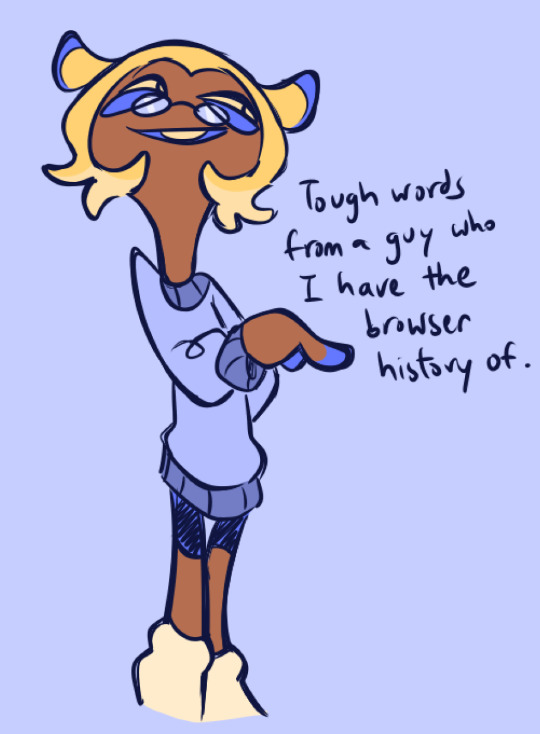

🐙 - Cyrus is a snarky and sarcastic flapjack octopus. Guided by independence, she fled her deep sea life for a better one up above. Tech savvy and clever, she's always got something up her sleeve. You never wanna get on her bad side, she's got quite a temper.
Extremely quick witted and well equipped in knowledge related to technology and mathematics, there’s no stopping Cyrus once she gets a project started. Sometimes these projects center around getting back at people, she can be quite a bit of a ruthless hacker to the people she despises.



🐠 - Scooter, a passionate lover of the arts, left his distant hometown to pursue his goals of being a theatre actor. He's usually unlucky in his endeavours, giving him a cynical view of the world sometimes. Despite that, he's still a pretty chipper parrotfish.
Talented in many things related to the art of drama, Scooter has always been interested in European performance arts ever since he was a kid. He’s got a good voice, and he’s professionally trained in piano, but sometimes he gets caught up in his own anxieties and fumbles on stage.
Sorry for the long read, tldr... NERD EMOJIS!
75 notes
·
View notes
Text
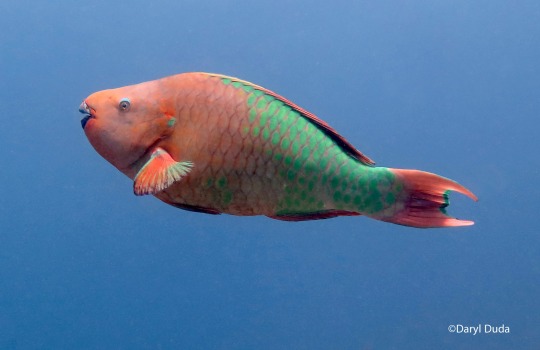
Rainbow Parrotfish (Scarus guacamaia), family Scaridae, Key Largo, Florida, USA
photograph by Daryl Duda
680 notes
·
View notes
Text

A parrotfish, from when I read Jay Hulme's poem (here) and needed to make a drawing about it.
#parrotfish#scientific illustration#sunday fish sketch#sciart#nature illustration#illustration#fish art#fishblr
468 notes
·
View notes
Text
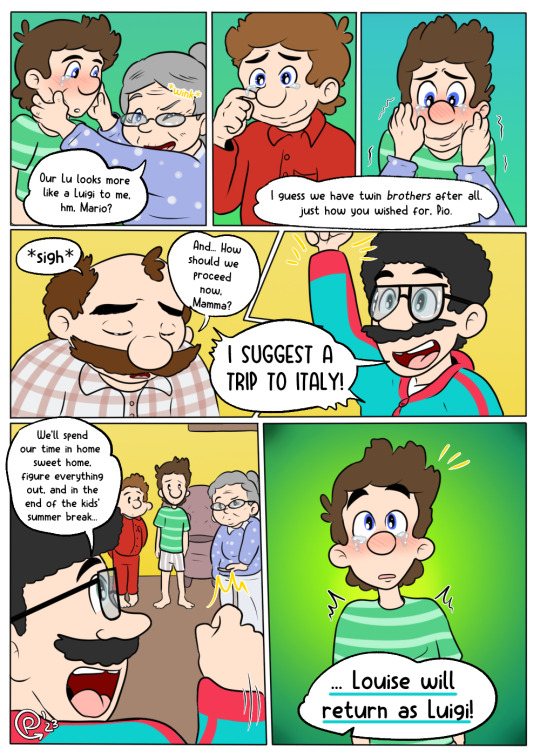

~ End of Chapter 1 ~
Parrotfish Pg 17 & 18
-
Previous | Next
#fanart#1upboys#1ub#super mario#luigi#1 up boys#super mario fanart#smb#trans!luigi#parrotfish#parrotfish comic#mario#mario comic#mario bros#super mario bros#super mario brothers#luigi my beloved#transgender#trans#lgbtq#lgbtq community#ftm#mario movie#mario fanart#mario my beloved#super mario bros movie#mario and luigi#super mario art#smb comic#smb comics
425 notes
·
View notes